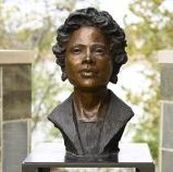 In November, the City of Little Rock installed National Sculptors' Guild Fellow Jane DeDecker's Portrait of Daisy Lee Gatson Bates in Little Rock, AR. The bronze bust of the civil rights activist, Arkansas NAACP president, and pioneering black journalist (1914-1999), is situated in Vogel Schwartz Sculpture Park in her former hometown. The portrait is just one acknowledgment of Bates’ legacy in the river town which also boasts a Daisy Bates Museum, several named streets, and a “Daisy Bates Day” celebrated the third Monday of February every year. The bust also includes a plaque with a quote by the human rights advocate: “When hate won’t die, use it for good.” The outdoor sculpture walk winds along the Arkansas River and includes over 90 works of art in its collection. The Bates sculpture is near the Main Street overpass on the Eastern side of the art garden. update 5/20/22: The bust and plaques have been cast in bronze and shipped to Little Rock. We will update with photos once the city has installed the memorial. 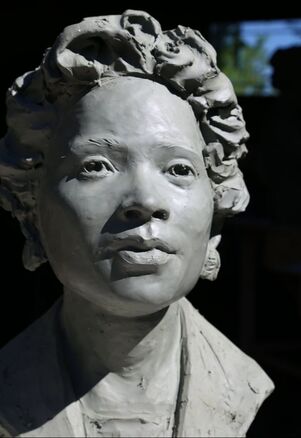 Jane DeDecker's composition of Daisy Bates Jane DeDecker's composition of Daisy Bates 10/15/21: National Sculptors' Guild Fellow Jane DeDecker has been selected to sculpt Daisy Bates for placement in the City of Little Rock, Arkansas. The honor to portray such an important figure is a true highlight. The life-sized bronze bust will be accompanied by a wall of bronze plaques featuring quotations by the great Civil Rights Activist. The public display of her image and words will serve well to inspire next generations to take her lead to end racial injustice. "I have been truly inspired and deeply moved by the strength and dedication of Daisy Lee Gatson Bates. She turned tragedy into her life's work in fighting against prejudice, segregation, and inequality. Daisy Lee Gatson Bates was a formidable woman who would not stand down." - Jane DeDecker, NSG The commemorative placement will be completed in 2022. Updates will be posted here. Daisy Lee Gatson Bates Mentor to the Little Rock Nine Advocate for Equality About Daisy Lee Gatson Bates... Daisy Bates was an elegant woman, physically small, though grand in stature when her determination to end racial injustice was involved. She confronted racism and adversity from an early age. Personal confrontations led to speaking out and heading large organizations; providing great change for the state of Arkansas, and beyond. No one prepares to be the face of change for a nation, Daisy Bates took on her role with grace and fortitude. Unwaveringly, she rose to all of the challenges, her diminutive body seemingly too small for the power she exuded. Small but mighty, Mrs. Bates informed and organized Arkansas' Civil Rights movement. Her resilience to the fear tactics used gave her a reputation of calm in the face of adversity. Jail time, fires on lawns and bricks thrown through windows seemed only to make the fight more just and purposeful. Though Mrs. Bates is most known for her involvement in the Little Rock Desegregation Crisis of 1957, her contributions etch far deeper. The weekly newspaper that she and her husband published helped inform and activate civil rights movements across the state, and beyond, before and after the integration of Central High School. From 1941 to 1959 the Arkansas State Press was one of the only newspapers solely dedicated to the Civil Rights Movement. She was known to publish controversial articles that others shied away from. Daisy Bates worked with local Civil Rights organizations including joining the National Association for the Advancement of Colored People in 1952. For many years, she served as the President of the Arkansas chapter of the NAACP, providing support to many opportunities for the black community, assuring her role in the 1957 desegregation efforts. She was well respected in the community, even her opponents had to admit she was a force to reckon with. Her repose during crisis after crisis kept the forward motion of the Civil Rights Movement going; and her tenacious charge afforded generations of students access to their constitutional rights.
0 Comments
Leave a Reply. |
JK Design/NSGJK Designs’ Principal, John Kinkade, founded the National Sculptors’ Guild in 1992 with a handful of sculptors who wished to find thoughtful public applications for their work. Representation has since grown to over 20 contracted sculptors and painters; plus an extended network of 200+ artists that our design team works with on a regular basis to meet each project's unique needs. click here for a list of our over 500 large-scale placements. Archives
April 2024
Categories
All
|
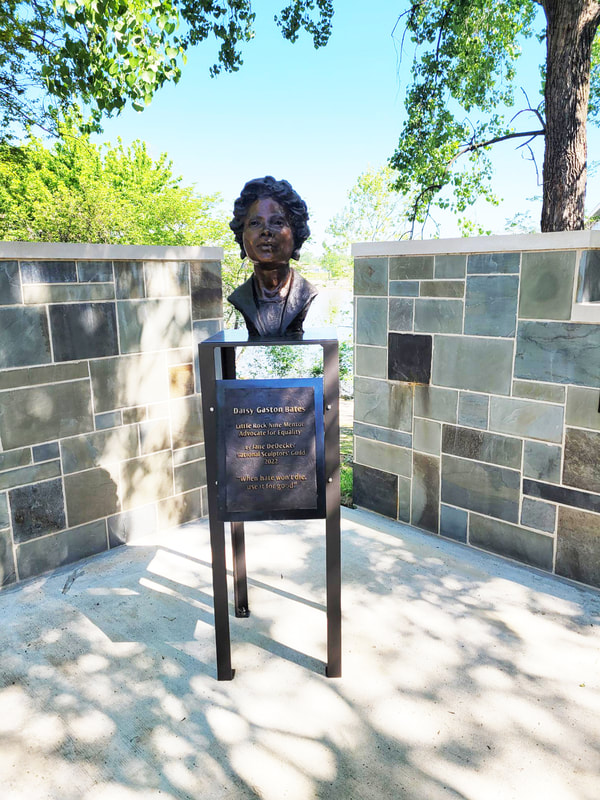
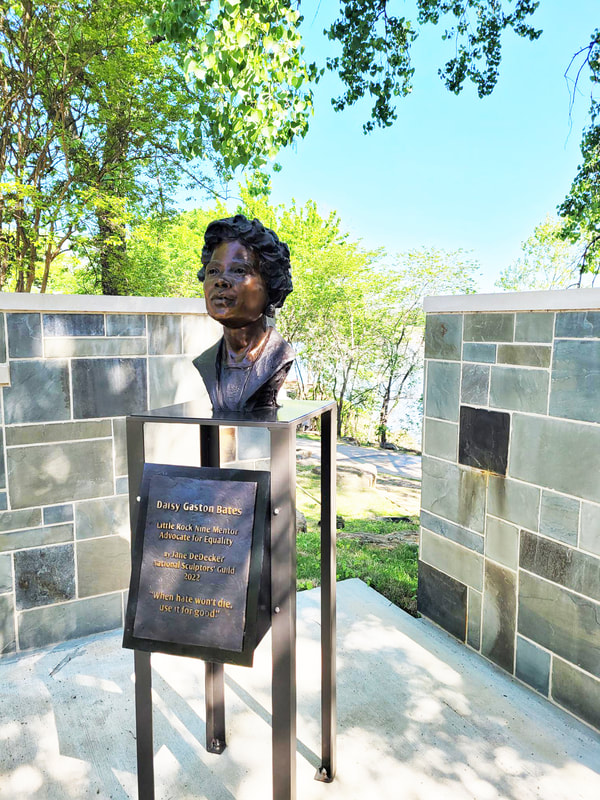
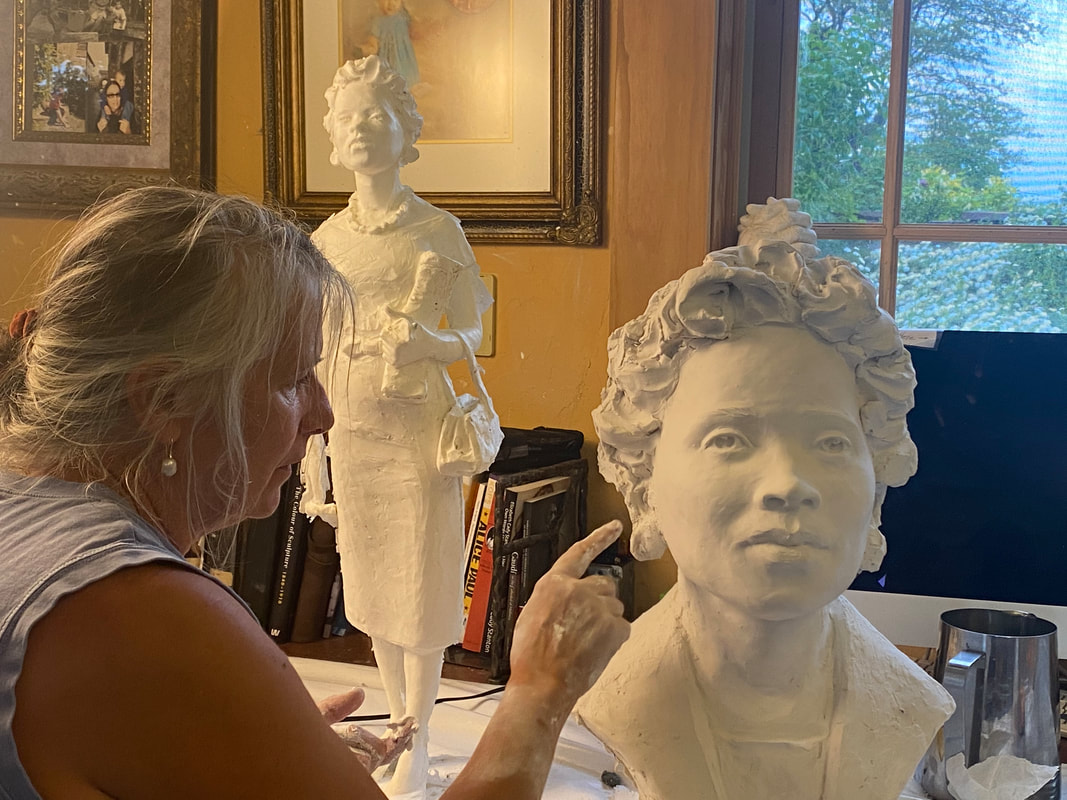
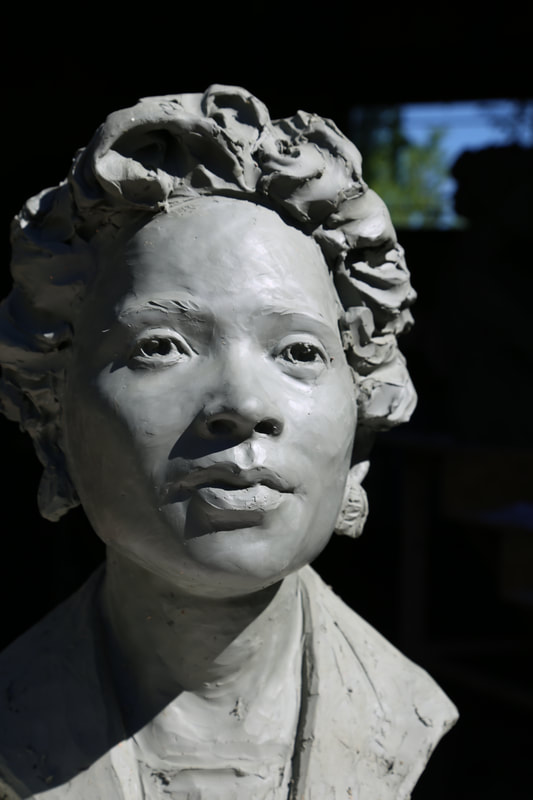
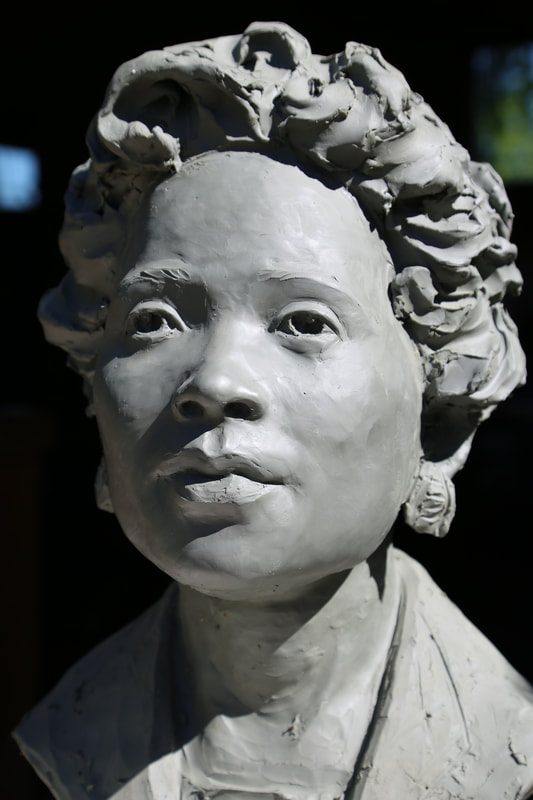
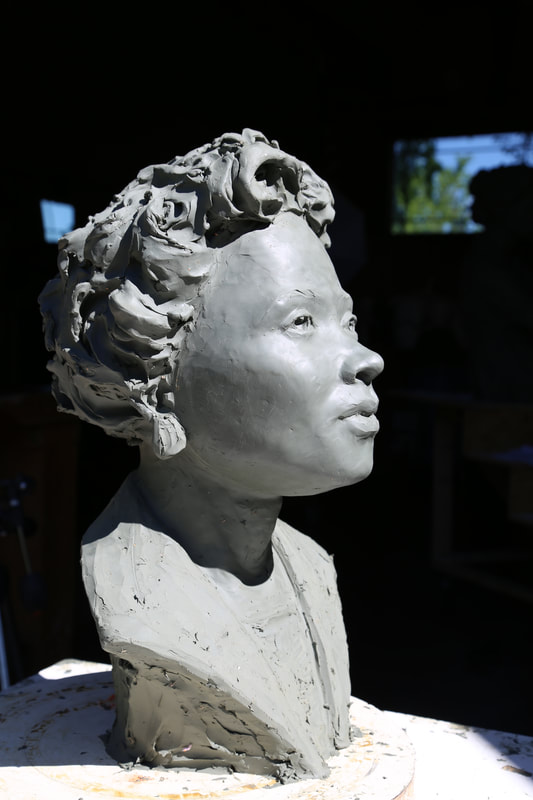
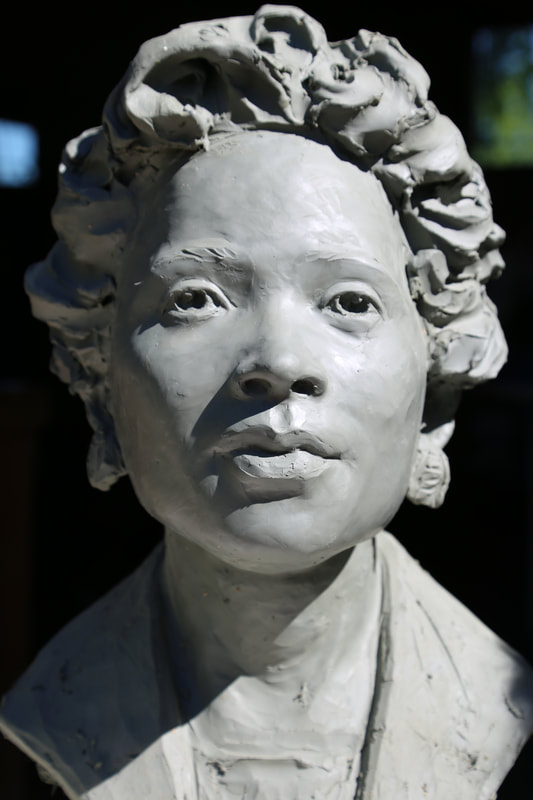


 RSS Feed
RSS Feed
